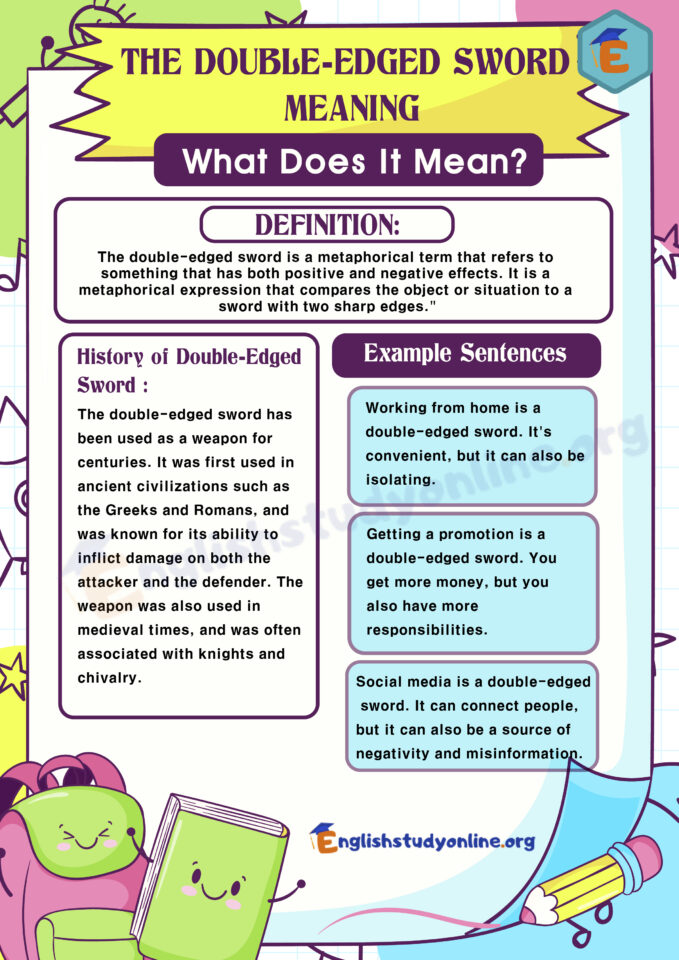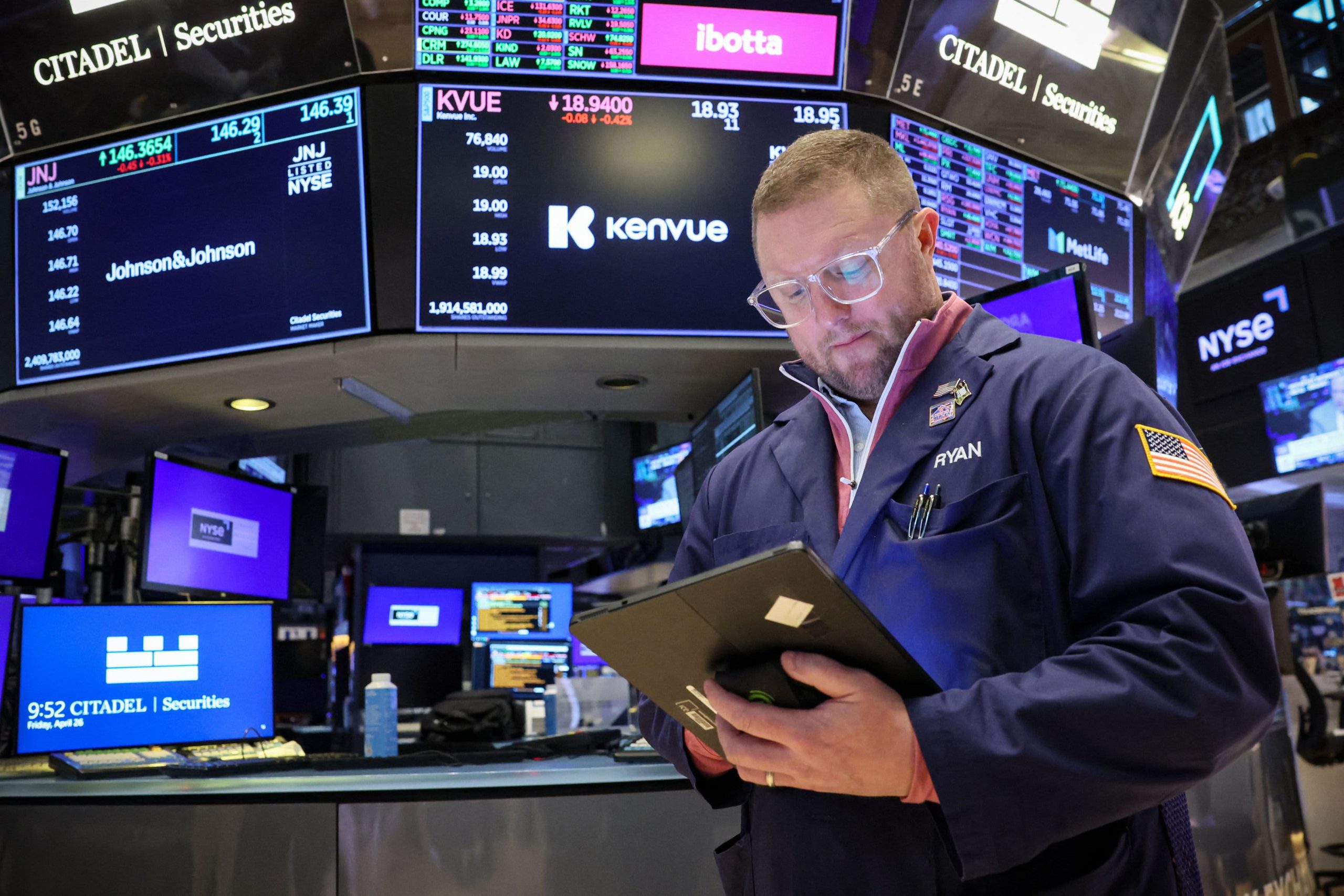How AI Is Reshaping Wildlife Conservation: A Double-Edged Sword

Table of Contents
AI's Positive Impact on Wildlife Conservation
AI-powered technologies are revolutionizing how we monitor, protect, and manage wildlife populations and their habitats. This positive impact is transforming several key areas of conservation efforts.
Improved Wildlife Monitoring and Tracking
Traditional wildlife monitoring methods are often time-consuming, expensive, and limited in scope. AI is changing this by providing efficient and comprehensive solutions. AI-powered tools, such as:
- Drones: Equipped with high-resolution cameras and AI-powered image recognition, drones allow for large-scale surveys of wildlife populations, inaccessible terrains, and habitat mapping, providing data far exceeding the capacity of human researchers.
- Camera Traps: AI algorithms analyze images from camera traps, automatically identifying species, counting individuals, and tracking their movements. This significantly reduces the time and effort required for manual analysis.
- Acoustic Sensors: These sensors record animal vocalizations, which AI algorithms analyze to identify different species and estimate their abundance and distribution. This is especially useful for elusive species that are difficult to observe directly.
For instance, researchers are using AI to analyze drone footage to accurately count elephant populations in vast, remote areas, a task previously incredibly difficult and time-consuming. This improved efficiency allows for better resource allocation and more informed conservation decisions.
Combating Poaching and Illegal Wildlife Trade
AI algorithms are proving invaluable in the fight against poaching and illegal wildlife trade. By analyzing vast datasets, AI can identify patterns and predict future threats. Applications include:
- Predictive Policing: AI models analyze historical poaching data, environmental factors, and even social media activity to pinpoint areas at high risk of poaching and allocate resources effectively.
- Improved Surveillance: AI-powered systems analyze satellite imagery and sensor data to detect illegal activities such as deforestation, habitat destruction, and the movement of poached animals.
- Analysis of Social Media Data: AI can monitor online platforms to identify illegal wildlife trade networks and disrupt their activities.
For example, AI-powered systems analyzing satellite imagery have successfully identified areas of deforestation linked to illegal logging, enabling rapid intervention and prevention of further habitat loss.
Habitat Monitoring and Conservation Planning
AI offers powerful tools for understanding and managing wildlife habitats. By analyzing diverse data sources, AI can:
- Identify Critical Habitats: AI algorithms can identify areas of high ecological importance based on factors such as species richness, habitat quality, and connectivity.
- Predict Habitat Loss: By analyzing climate data, land use changes, and other environmental factors, AI can predict future habitat loss and guide proactive conservation strategies.
- Optimize Protected Area Management: AI can assist in designing and managing protected areas, ensuring their effectiveness in safeguarding biodiversity.
For example, researchers use AI to map suitable habitats for endangered species, informing reintroduction programs and habitat restoration efforts. This precision allows for targeted conservation actions, maximizing their impact.
The Challenges and Ethical Concerns of AI in Wildlife Conservation
While AI offers tremendous potential, its application in wildlife conservation isn't without challenges and ethical considerations.
Data Bias and Algorithmic Fairness
The effectiveness of AI systems relies heavily on the quality and representativeness of the data used to train them. Biases in this data can lead to unfair or inaccurate outcomes:
- Lack of Representative Data: AI models trained on data from only a limited number of regions or species may not perform well when applied to other areas or species.
- Algorithmic Bias Towards Certain Species: AI systems may be biased towards certain species, potentially neglecting the needs of others.
- Unequal Resource Allocation: The use of AI may exacerbate existing inequalities, potentially leading to a focus on high-profile species while neglecting others in need.
For example, an AI system trained primarily on data from one region might be less effective in identifying poaching activities in a different region with different environmental conditions and poaching techniques.
Privacy Concerns and Surveillance
The use of AI for widespread surveillance of wildlife and their habitats raises significant privacy concerns:
- Potential for Invasion of Privacy: The constant monitoring of animals could potentially infringe on their natural behaviors and stress them.
- Concerns About Data Security: The sensitive data collected through AI systems needs to be protected from unauthorized access and misuse.
- Responsible Use of Surveillance Technologies: Strict guidelines and ethical frameworks are essential to ensure the responsible use of AI-powered surveillance technologies.
The ethical implications of using facial recognition technology on endangered animals, for instance, require careful consideration and public discussion.
The Need for Human Expertise and Collaboration
AI should be viewed as a tool to augment, not replace, human expertise in conservation. Success depends on integrating AI with human knowledge and collaborative approaches:
- Ground Truthing AI Predictions: Human experts are needed to verify the accuracy of AI predictions and ensure their reliability.
- Incorporating Local Ecological Knowledge: Traditional ecological knowledge held by local communities is crucial to complement AI-driven insights.
- Building Trust with Local Communities: Successful implementation of AI-powered conservation tools requires building trust and collaboration with local communities.
AI should support, not replace, the work of experienced field researchers and conservationists. The combination of human expertise and AI’s analytical power provides the most effective approach.
Conclusion
AI in wildlife conservation presents a true double-edged sword. Its ability to enhance monitoring, combat illegal activities, and optimize conservation planning offers unprecedented opportunities to protect biodiversity. However, it's crucial to acknowledge and address the ethical implications, data biases, and privacy concerns associated with its implementation. Responsible development and deployment of AI, prioritizing collaboration between humans, technology, and local communities, will unlock its full potential, maximizing its benefits while mitigating its risks. Explore the potential of AI in wildlife conservation while carefully considering its ethical dimensions and ensuring responsible implementation. Only then can we harness the power of this technology for a more sustainable and biodiverse future.

Featured Posts
-
 The Reality Of Working As A Chalet Girl Responsibilities And Rewards
Apr 23, 2025
The Reality Of Working As A Chalet Girl Responsibilities And Rewards
Apr 23, 2025 -
 2025s Unexpected Hitting Star A Brewers Clutch Performances
Apr 23, 2025
2025s Unexpected Hitting Star A Brewers Clutch Performances
Apr 23, 2025 -
 Stock Market Live Updates Dow Futures Rise Gold At 3 500 On Tariff And Interest Rate Fears
Apr 23, 2025
Stock Market Live Updates Dow Futures Rise Gold At 3 500 On Tariff And Interest Rate Fears
Apr 23, 2025 -
 Guemueshane Valiligi Karar Aciklamasi Okullar Tatil Mi Degil Mi
Apr 23, 2025
Guemueshane Valiligi Karar Aciklamasi Okullar Tatil Mi Degil Mi
Apr 23, 2025 -
 Market Volatility Dow Futures And Gold Prices React To Tariffs And Fed Policy
Apr 23, 2025
Market Volatility Dow Futures And Gold Prices React To Tariffs And Fed Policy
Apr 23, 2025
